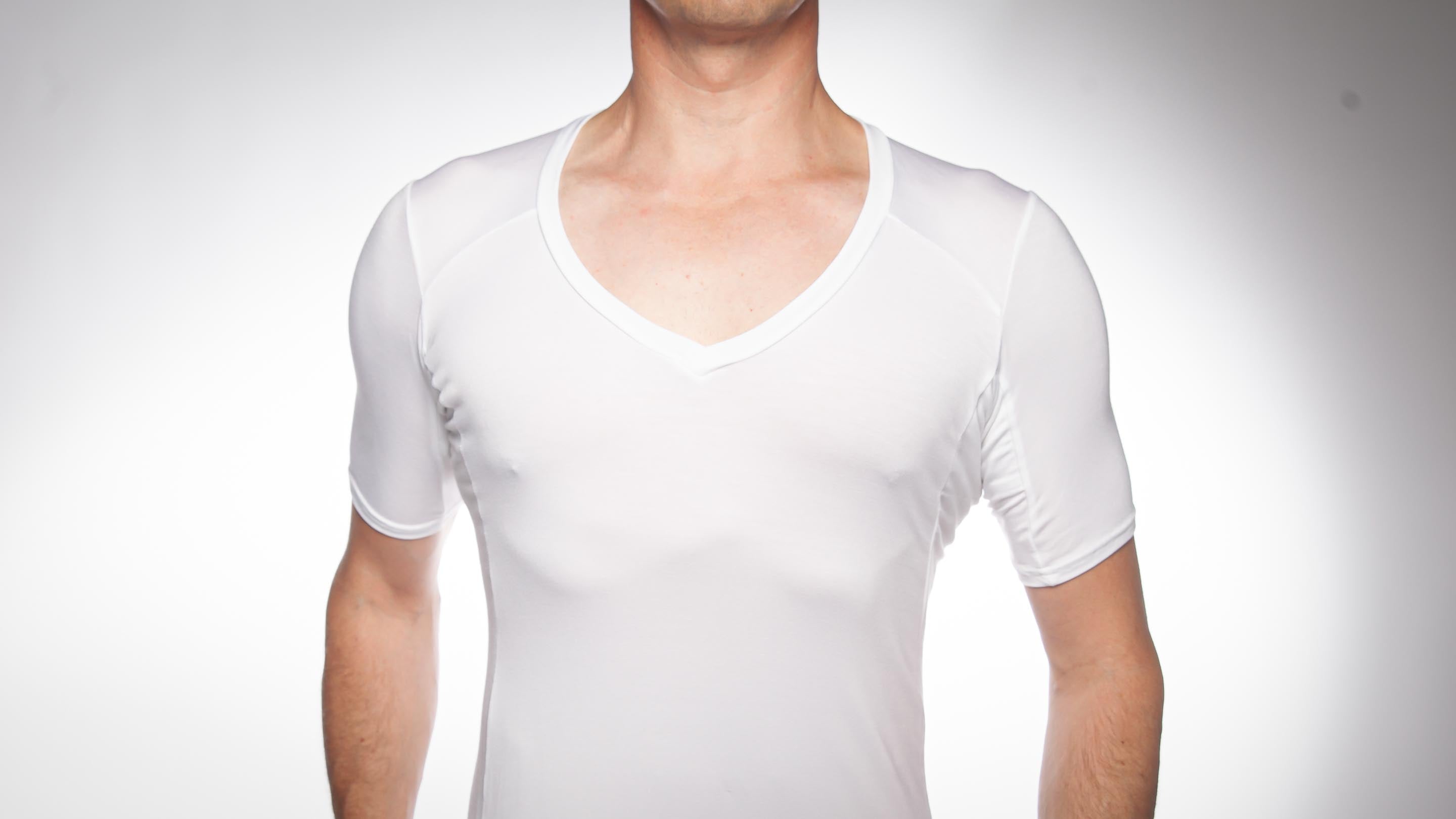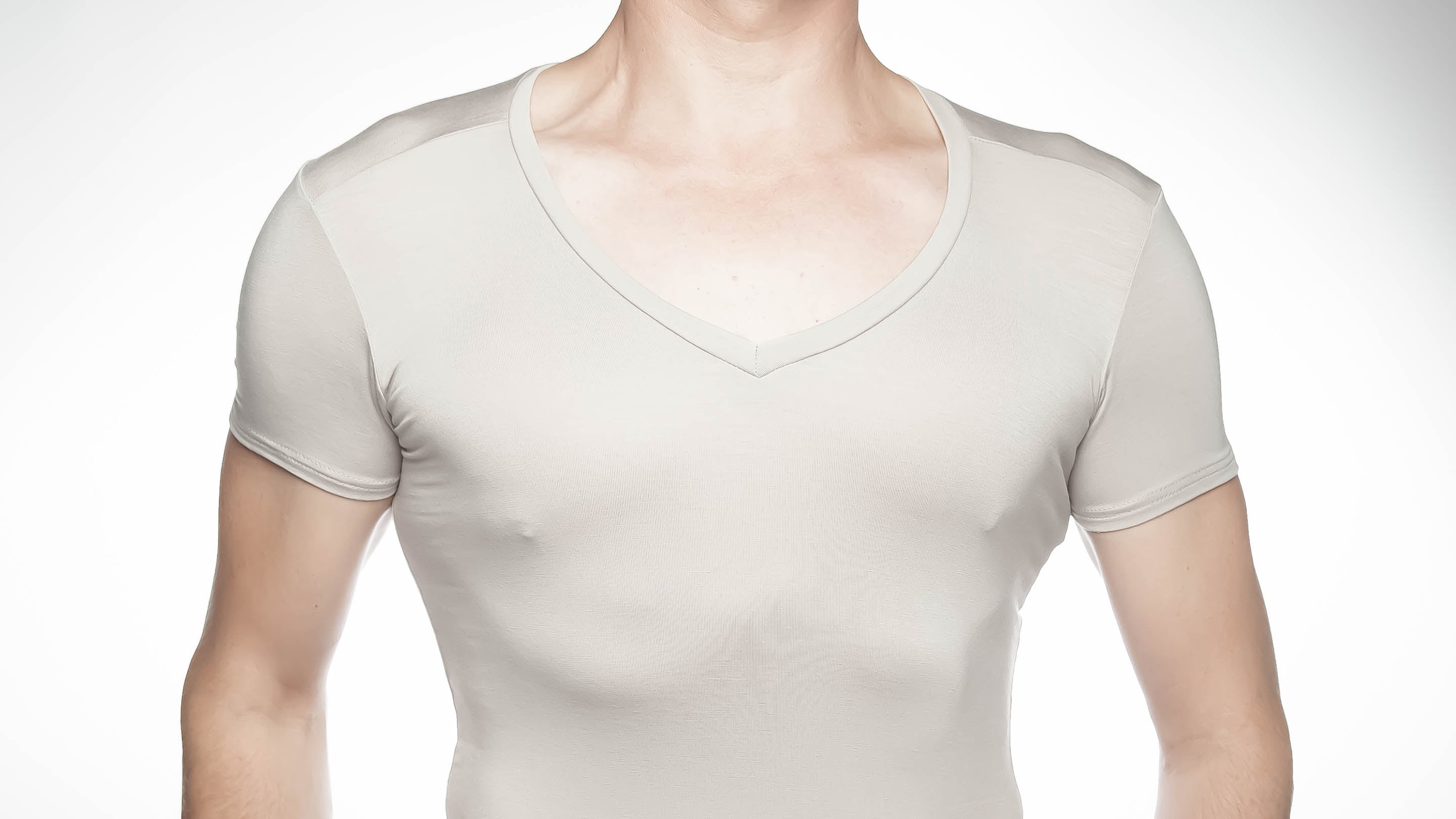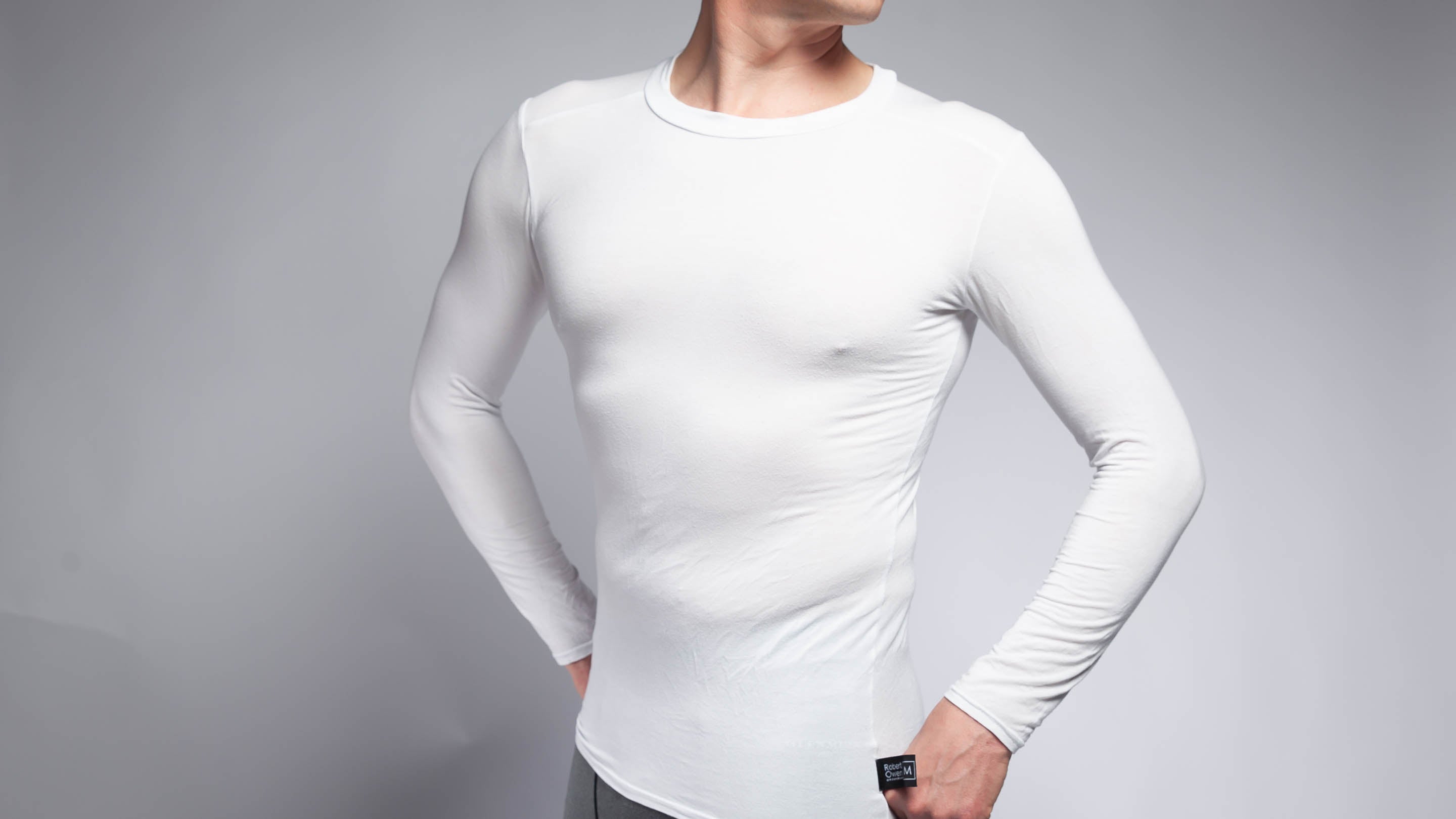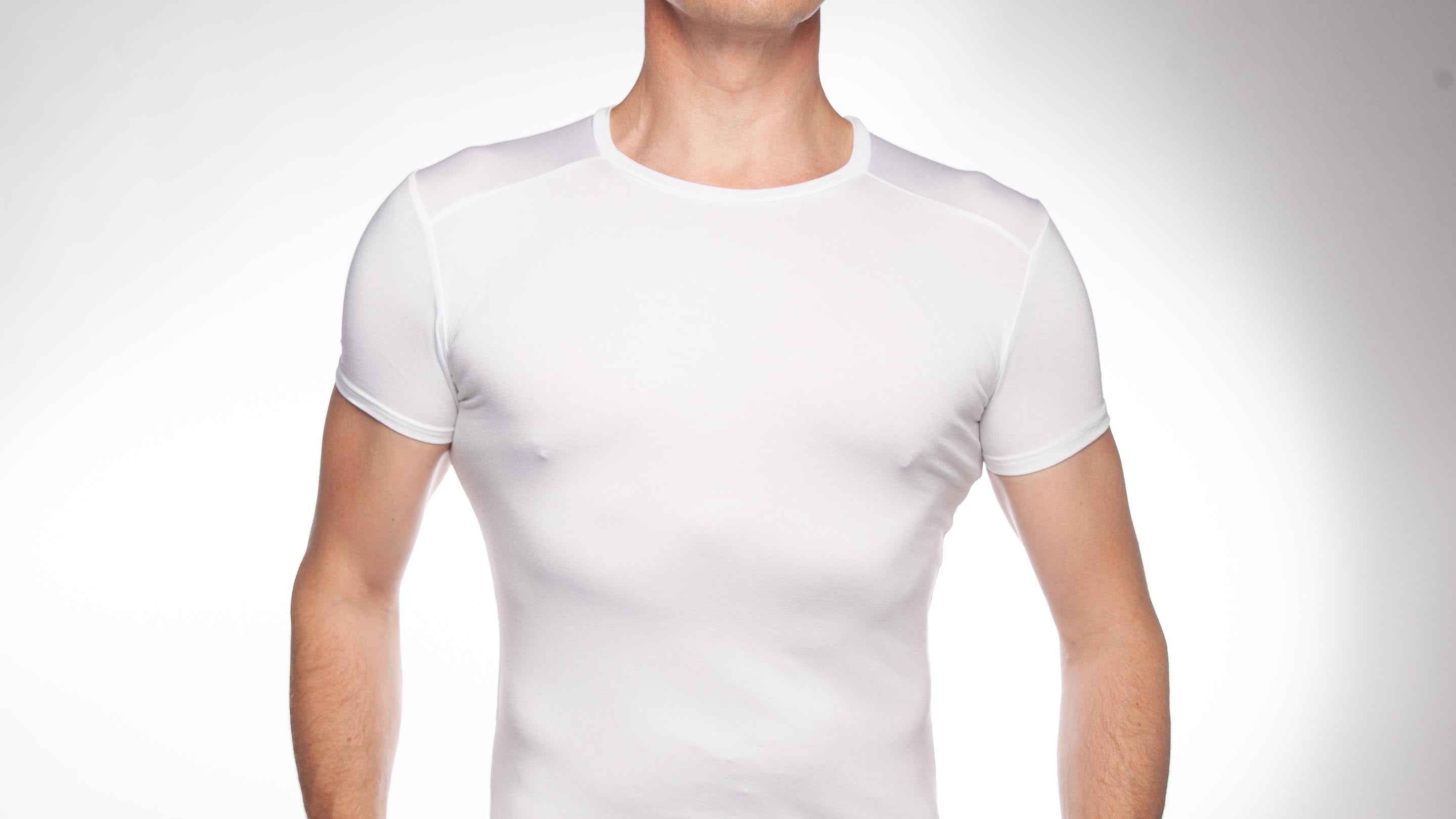How to stay warm during a cold winter
Ever stood freezing at a bus stop, or been shivery in bed, and wondered just how the penguins stay warm? When the sky darkens and the temperature drops we all pay close attention to our thermostats and invest in a back-up boiler (or two). Surely the thermoregulation of your body deserves the same consideration? In this article, we will explain the science of staying warm and the best ways to beat the chill-factor this winter.
Why Do We Feel Cold?
We feel cold when our body comes into contact with an environment that is colder than itself (air, water, wind, and so on). This difference in temperature between two neighbouring objects results in heat transfer: heat energy is transferred from the warmer object to the cooler, and will continue until both objects have the same temperature and equilibrium is reached.
Unless your body contains enough heat to warm the atmosphere, we are unfortunately fighting a losing battle. Body heat is mostly generated in the deep organs (liver, heart, brain) and the contraction of skeletal muscles, meaning that our core temperature is always a little warmer than our skin temperature, which, in turn, is warmer than the winter air. As a result, as our extremities transfer heat to the outer environment, so our core transfers heat to our extremities: although our body has some defence mechanisms to protect against this transfer, the resultant loss of heat is very dangerous for our vital organs.
Fortunately there is a simple way to help prevent this downward spiral – one that doesn’t involve cranking up your heating bill. By wearing a vest under your clothes you add another layer of insulation around your core and help prevent your core temperature from dropping. The part of the brain responsible for thermoregulation – the hypothalamus – responds to your core temperature: keeping your core temperature more stable will help beat the shivers on even the coldest days.
But how does a vest actually work? This might seem like a simple question: vests aren’t rocket science. But have you ever actually wondered about the physics behind clothes, or about the material science industry that is still trying to create ever warmer fabrics?
(If you haven’t, then we recommend skipping this next bit. It’s going to get technical…)
A Closer Look: Thermodynamics
It all comes down to thermodynamics and insulation. Heat is, in fact, not a type of energy: it is the flow of kinetic energy from a warm temperature to a cold temperature, where temperature is the measure of kinetic energy in molecules. Heat cannot be stored up, for it is only ever present in transit from an area of high kinetic energy to an area of low kinetic energy.
The loss of heat, or “thermal energy transfer”, requires two or more atoms to collide. When they meet, kinetic energy is transferred from the atom with more kinetic energy to the atom with less kinetic energy. Therefore, for this to occur, these atoms need to be in close proximity in order to collide and transfer kinetic energy.
A material with a good rate of energy transfer is called a good conductor, or bad insulator. These materials will, on a particular level, be more dense than other materials, with a higher concentration of particles. For example, water (a liquid) is more dense than air (a gas): it contains more particles for any given volume. It generally follows that the more dense the particles in a material, the more likely it is that they will collide and heat transfer will take place.
Air is therefore a great insulator: it is not a dense material, meaning that it is less likely that its atoms will collide, and the rate of heat transfer will be slower.
Quick Case Study: Be More Penguin
No, we don’t mean the chocolate bar the with terrible jokes, though piling on the subcutaneous fat (i.e. under-the-skin-blubber) is a crucial part of a penguin’s thermoregulation. Penguins are covered in feathers and tufts of down which trap air and provide 80-84% of thermal insulation for penguins on land. Similar down (such as duck and goose) is used in outdoor jackets that are specifically designed to help keep mountaineers warm even in the most extreme conditions on earth. Want to beat the weather? Be more penguin!
The Science of Insulation
So what’s all this got to do with my vest? Let’s explore a little more how thermodynamics relates to the material science industry.
Materials engineers are always trying to create fabrics that will keep us more warm. This means finding and utilising good insulators: in the world of fabric, a “good insulator” needs at least two attributes… loft and breathability.
Loft is the distance between your body and the outdoor environment: the “higher” the loft, the greater the distance and – generally – the better the insulation. Loft works by trapping a layer of air between your skin and the fabric: this air is a good insulator, and creates a microclimate next to your skin that helps you keep warm. Once this loft is created, it’s easy enough for your body to heat up the small amount of air that comes into contact with your skin to a suitable body temperature. Moreover, loft moves the interface where heat transfer takes place away from your body: rapid heat transfer occurs from the loft’s microclimate —> the fabric —> the outdoor environment. On the other hand, the rate of heat transfer from your body to that cosy microclimate is slow, keeping the chill away from our skin.
In an ideal world, the fabrics that produce the best insulation would have a high loft and zero breathability, preventing almost all air from escaping and creating a super heated bubble around our bodies. However, not only would these fabrics trap air, they would also trap water vapour (for example, sweat). Water – a poor insulator – would eventually saturate your microclimate. You would be chilly and, even worse, very wet.
This is where breathability comes in: breathability is extremely important for letting moisture (sweat) escape from your body. The best insulators will wick this moisture away from your skin and draw it through the fabric until it can be exposed to the air and evaporated.
So, a good insulator needs both a high loft and breathability in order to keep you toasty. Materials engineers are striving to come up with the perfect combination between the two – hence the proliferation of synthetic fabrics in recent years. Nature, of course, already perfected this recipe yonks ago, but unless you want to go Jon Snow and drape a wolf over your shoulders, you should probably give our undershirts a try.
Keep Calm and Wear a Vest
There’s a lot of different fabrics out there for hikers, climbers, surfers, and outdoor enthusiasts. But what about the technical specifications of office wear, date night and the weekend tee? These environments require different considerations: sweatiness; smelliness; smartness.
Our undershirts are beautifully balanced to provide you with excellent insulation for your core without compromising on looking, feeling and smelling good. We use carefully selected fabrics – Micro-modal and Bamboo Viscose – to secure that balance between insulation and breathability: while breathable and wicking synthetics, such as Polyester, Nylon, and Lycra/Spandex are great for the gym, they do not make an ideal every day vest. Their high breathability and wicking attributes mean that sweat will be moved straight from your skin onto your outer layer, creating unseemly patches and stains. These fabrics also have a tendency to harbour smelly bacteria and really whiff. No one wants to be that guy.
On the other hand, our cellulose-based, more natural fabrics help prevent that pong. They are correctly engineered to move the heat-transfer interface away from your skin, with enough breathability to keep you comfortable, and enough moisture-absorbing power to help keep your smart outer layers fresh and dry.
And that’s just the fabric. The design and cut of our undershirts mean that they stay invisible under your shirt: their long body length means they stay tucked in, and with different colours and cuts for different styles (long V-neck for open collar or crew-neck for buttoned up), you can style it out however you fancy. They are smooth, silky and feather-light: they won’t rumple easily – even under your tightest t-shirt.
You can beat the winter chill: just keep calm (and warm, and dry, and fly) and wear a vest. Simples.





